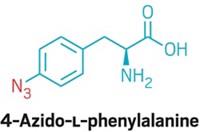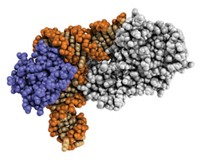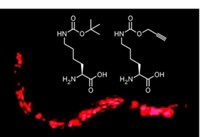Advertisement
Grab your lab coat. Let's get started
Welcome!
Welcome!
Create an account below to get 6 C&EN articles per month, receive newsletters and more - all free.
It seems this is your first time logging in online. Please enter the following information to continue.
As an ACS member you automatically get access to this site. All we need is few more details to create your reading experience.
Not you? Sign in with a different account.
Not you? Sign in with a different account.
ERROR 1
ERROR 1
ERROR 2
ERROR 2
ERROR 2
ERROR 2
ERROR 2
Password and Confirm password must match.
If you have an ACS member number, please enter it here so we can link this account to your membership. (optional)
ERROR 2
ACS values your privacy. By submitting your information, you are gaining access to C&EN and subscribing to our weekly newsletter. We use the information you provide to make your reading experience better, and we will never sell your data to third party members.
Biological Chemistry
Phosphoserine On Demand
by Carmen Drahl
August 29, 2011
| A version of this story appeared in
Volume 89, Issue 35
By making adjustments to a quality-control factor in protein translation, researchers have genetically encoded phosphoserine into proteins (Science, DOI: 10.1126/science.1207203). Kinase enzymes make O-phosphoserine naturally, and some phosphoproteins can be synthesized. But the new development allows researchers to insert phosphoserine anywhere in a protein, extending the tool kit for studying phosphorylation. Dieter Söll and Jesse Rinehart of Yale University, Christopher J. Noren of New England Biolabs, and colleagues modified tRNA machinery from two different microbes and provided it to Escherichia coli, which is an established method for unnatural amino acid incorporation. But little O-phosphoserine was incorporated. The team surmised that the foreign tRNAs bound poorly to elongation factor-Tu (EF-Tu), a protein that shepherds tRNAs with amino acid cargo to the ribosome. The researchers in turn produced EF-Tu variants that had more productive binding to the exotic tRNA. With those modifications, they successfully used E. coli to incorporate multiple O-phosphoserine units into a human protein. They think informed tweaks to protein synthesis machinery will permit further expansion of the genetic code.





Join the conversation
Contact the reporter
Submit a Letter to the Editor for publication
Engage with us on Twitter